
Throughout history people have been playing the fool with each other. I love a good prank and am fascinated by conspiracy theories. Some are funny, some are clever and some show how far mankind has come.
The Cottingley Fairies
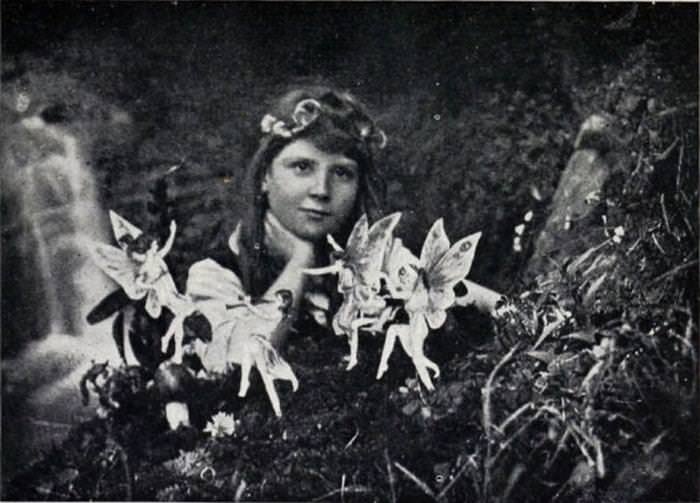
In 1917 two young cousins convinced the world that fairies existed by staging a series of 5 photographs known as the Cottingley Fairies. The even convinced Sir Arthur Conan Doyle and caused an instant sensation. They used cardboard cutouts as the fairies and only confessed to their trickery in 1983.
Berners Street traffic
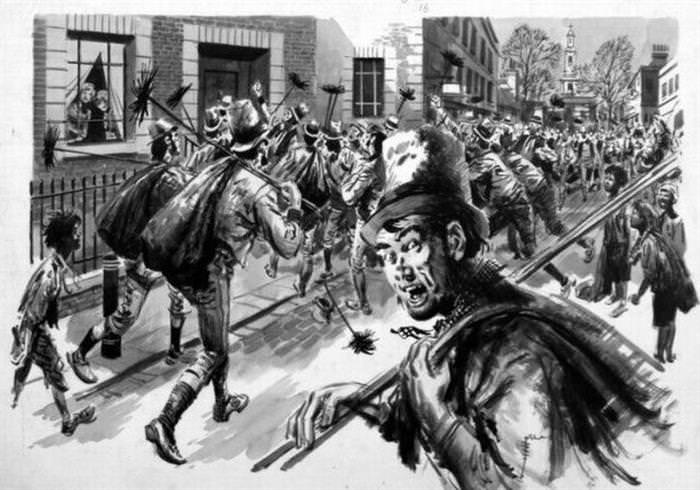
London resident Theodore Hook was bored one day and decided to amuse himself by ordering thousands of services at the address of 54 Berners Street and create a spectacle. The residents spent the day turning away lawyers, piano deliveries, priests, wedding cakes, fishmongers among others. The street became congested enough that police officers were sent to disperse the hoards of servicemen.
Beringer's fake fossils

Some pranks cause more damage than they’re worth. In 1725 Johann Beringer was an esteemed professor at Germany's University of Würzburg. He was apparently an insufferable colleague which lead two co-workers to set up an extensive prank where they planted thousands of fake fossils. Finally when Beringer wanted to publish a book of his findings, his conspiring colleagues confessed, but he didn’t believe them. The incident ruined all of their careers.
Spaghetti trees
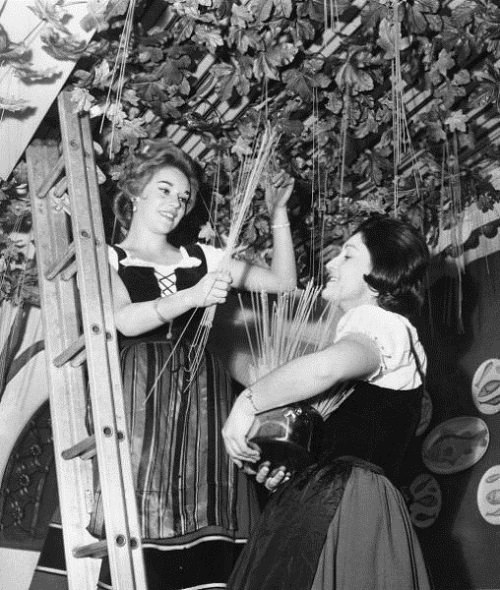
A BBC TV segment managed to convince people that spaghetti was being harvested in Swiss orchards. This 1957 April Fools’ prank was plausible in the 1950s when not everyone knew how pasta was made.
Paul McCartney dies
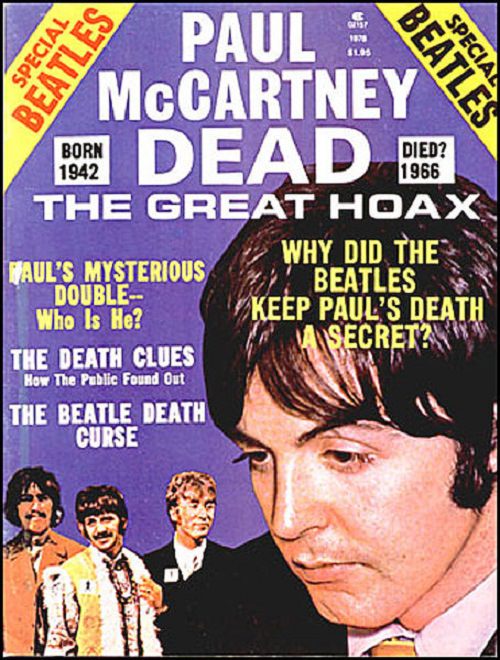
A strange rumor began circulating in September 1969, when Paul McCartney had been out of the spotlight for some months, that the singer had died and been replaced with a look-alike. A Drake University reporter speculated that McCartney had died based on clues. McCartney finally granted Life magazine an interview in November 1969 to put an end to the rumor. Some conspiracy theory fans still believe the current McCartney is a replacement.
The Church is bought by Microsoft

This hoax is considered the first mass internet age hoax. In 1994, when the internet was in its early years of being adopted, a bogus press release claimed the Roman Catholic Church had been acquired by the computer software giant. Millions of people forwarded the email and believed its contents. Some even complained to their congressmen.
The woman who birthed rabbits

A lady in England in 1726, Mary Toft, supposedly gave birth to dismembered rabbit pieces. She managed to fool the press several times until she confessed the hoax, when threatened with a surgical examination of her womb.
Perpetual motion machine
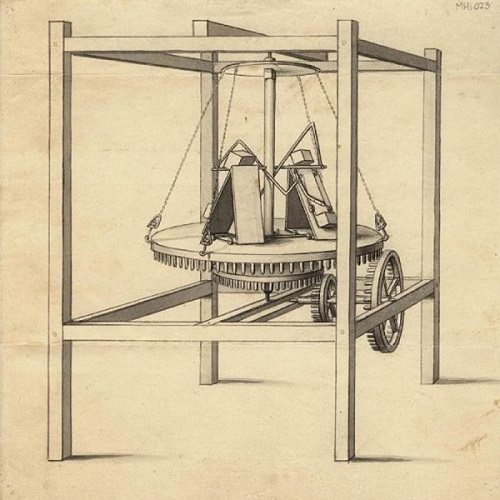
Charles Redheffer built a fake perpetual motion machine and proudly exhibited his machine, charging those curious large sums of money to see the machine. The machine was being powered by a man in another room with a hand crank. The device was found to be a fake when an engineer came to investigate after Redheffer applied to the government for money to make another machine.
Who is Sidd Finch?

In 1985 Sports Illustrated decided to invent a baseball player for a story they ran released April 1st. ‘The Curious Case of Sidd Finch’ presented a prodigal ball player who could throw at 168 miles per hour. They even convinced the New York Mets to stage photos in its clubhouse.
Boy in the balloon
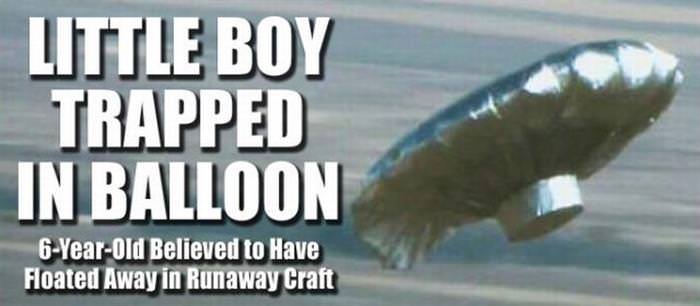
In October 2009 a father in Colorado, Richard Heene, caused a media sensation when he claimed that his son, 6-year-old Falcon, was trapped in a runaway gas balloon. In reality, Falcon was safe at home, and the whole story a ruse. Heene was sentenced to 90 days jail time and to pay $36,000 to compensate the rescue services preoccupied with his son’s saving.
Fiji mermaid skeleton
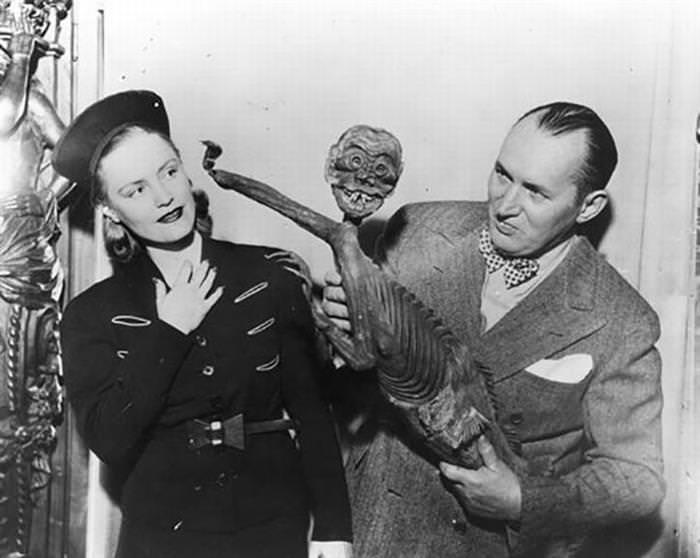
The concept of a mermaid skeleton was common at sideshows but the original inventor of this creature was PT Barnum. He has sewn the remains of a monkey onto a fish skeleton and used this model to get people to pay money to see the rare creature. He travelled all over from the 1840s until the 1860s, until a fire destroyed the “mermaid”.
Cardiff’s petrified man
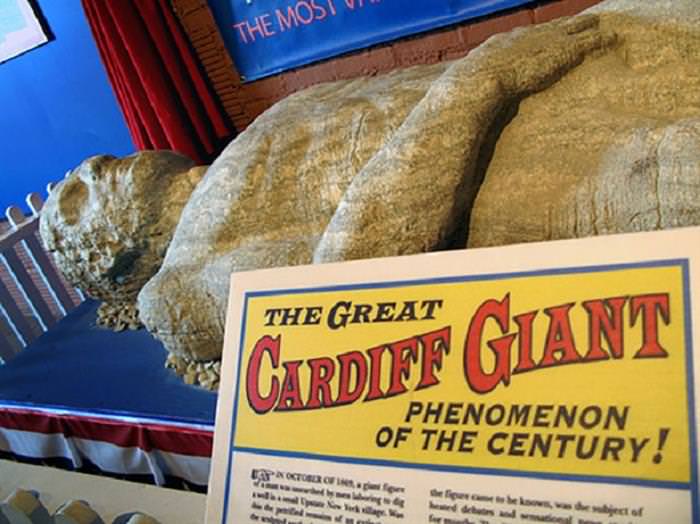
In 1869, George Hull pulled created a fake 10 foot petrified man, and buried and exhumed it in his cousin’s garden. He charged people 50 cents to see their discovery. Hull sold part of his interest in the “discovery” for $23,000 (with inflation, approximately $429,000 today). They finally had to confess their forgery in court when another man created a fake share certificate.
Loch Ness Monster spotted
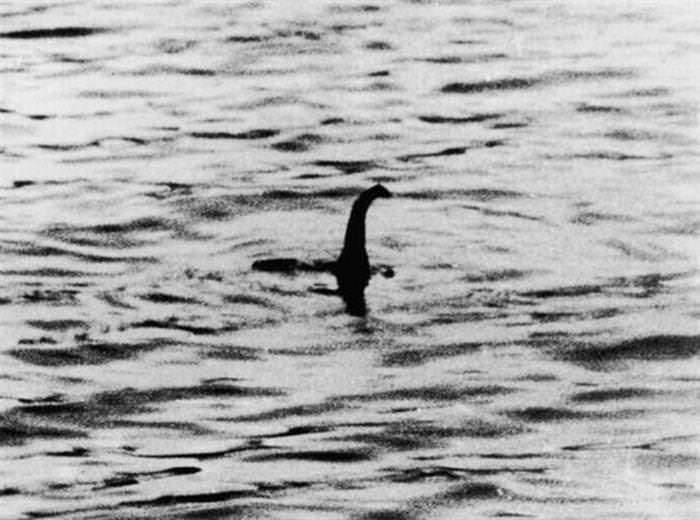
In 1934 one of the most iconic photos proving the Loch Ness Monster existed was snapped by Robert Kenneth Wilson, who refused to have his name associated with the photo. It was thereafter nicknamed the Surgeon’s Photograph. It was viewed as indisputable proof of the lake’s clandestine inhabitant. In reality, the photograph shows a toy submarine, with a wooden head.
The unbeatable chess robot
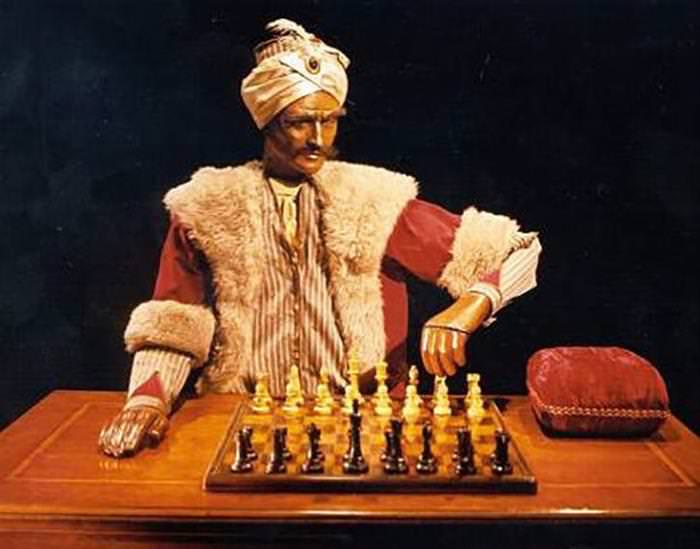
An automated mechanical chess player known as The Turk toured the world for an incredible 84 years playing chess, defeating thousands of players. In reality, what really made the robot unbeatable was a chess master controlling the chess pieces with magnets and hiding inside the table.
Alien autopsy on camera
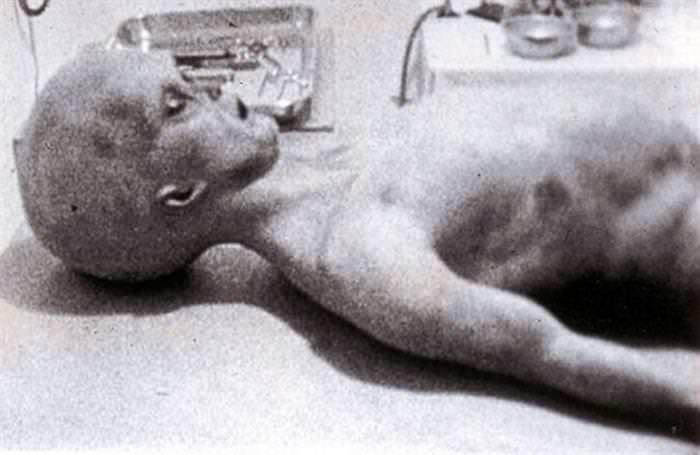
In the 1990s, Ray Santill claimed to have footage of an alien autopsy. The black and white grainy image was suspect, but conspiracy theorists loved it. A highly viewed Fox special called “Alien Autopsy: Fact or Fiction” ran on TV and the story received much attention. In 2006, Santill confessed that he had shot the film himself with a homemade dummy.
The missing link skull

Discovered by amateur British archaeologist Charles Dawson, the fake Piltdown Man skull was thought to be the missing link between apes and humans and at the time considered a monumental find for history. From its discovery in 1913 until 1953, when it was detected as a forgery, it was regarded as an evolutionary fact.
Infamous crop circles in the UK
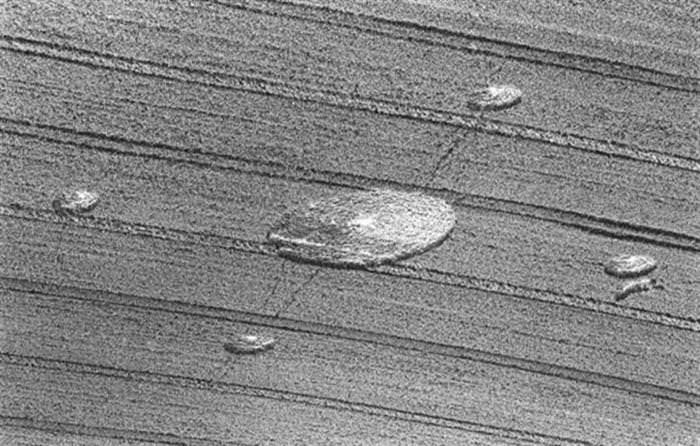
Bored pranksters Doug Bower and Dave Chorley admitted in 1991 that they’d spent just over a decade creating over 200 crop circles, those mysterious markings found in fields since the late 70s. They used wood planks and rope, as they demonstrated on TV. Subsequently the phenomenon has escalated, with numerous crop circles, more complex than Bower and Chorley’s, have been found around the world.
Introducing the Masked Marauders

In 1969, the editors at Rolling Stone magazine wanted to see what would happen if they reviewed a fake band. They called their band The Masked Marauders and claimed the group included Bob Dylan, Mick Jagger, John Lennon, and Paul McCartney playing under pseudonyms. They even had an unknown band record an album, which sold more than 100,000 copies and had songs that spent 12 weeks on the Billboard charts.